The best thing since slice bread is much better than slice bread. It is a car that is integrated with your smartphone, has blind spot monitoring and can be accessed remotely.
The future is now, it’s amazing and it’s real. Some pretty extraordinary pieces of everyday car technologies are at your local car dealerships and have been hitting the streets since late 2014. Surprisingly, according to a study by J.D. Power, automakers are investing tons of money into features that drivers aren’t using. The reason, says the study, is that these innovations have a brief window for gaining acceptance among drivers. If the owners don’t quite understand how the new feature works, they are less likely to opt for it.
To help you cut through the sea of acronyms, you can find below the greatest everyday car technologies you had no idea you needed.
Blind Spot Monitoring
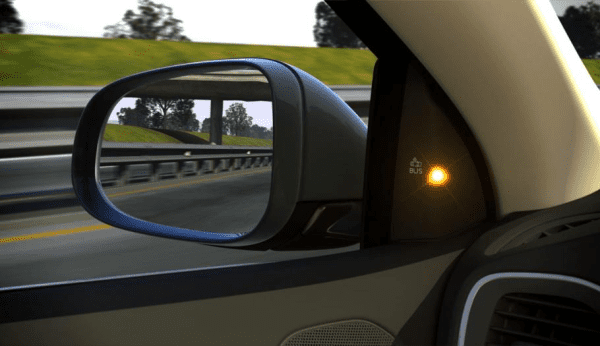
If you are looking for a new car and safety is a major concern, you’ve probably heard about blind sport monitoring. But, is this system worth the extra money, you might ask yourself.
According to numerous studies, nearly 840,000 blind accidents take place each year in the United States, resulting in more than 300 fatalities. In an effort to make the streets safer, automakers created a sensor-based system designed to monitor the lanes and especially the spots over your shoulders that you might have trouble seeing. When a car enters your blind spot, the system alerts the driver and a light starts glimmering on the outside door mirror.
So, is blind spot monitoring worth the money?
Autotrader.com believes that the answer depends on the size of your car and its visibility. If, for example, you are planning to buy a minivan or an SUV, it will be hard to keep an eye on every inch of the car’s exterior, and a blind spot monitoring system will definitely help. But, if your car has huge windows and excellent visibility, maybe there are other more useful care technologies you can opt for.
Night Vision with Pedestrian Recognition
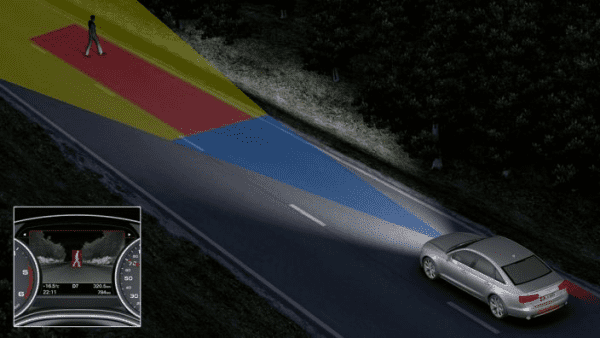
Recognizing and avoiding pedestrian and bikers should become an essential feature of today’s vehicles. According to a government study, in 2012, 4,743 pedestrians were killed in traffic crashes and another 76,000 were injured. Automakers are trying to put a stop to this epidemic.
Volvo has developed a new technology that can identify pedestrians and cyclists and avoid collisions and accidents in urban areas. The system uses small radar and a high-definition camera to scan the road ahead. If it detects the car is about to hit a pedestrian or cyclist, it automatically applies the breaks.
App Integration
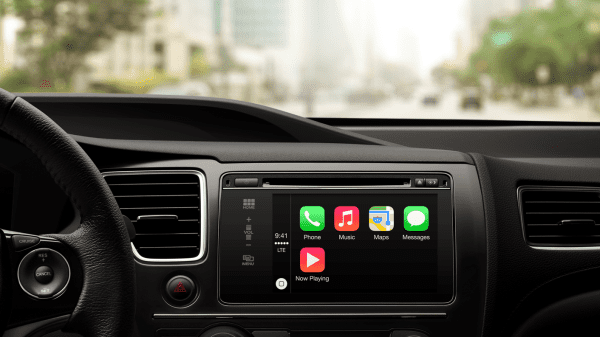
There was a time when a car’s sole purpose was to take you from point A to point B. However, this 2.0 world we are living in has led to a surge in demands. Drivers want more comfort, safety, entertainment and the ability to control their cars with their smartphones.
Apple, for example, designed a system, dubbed “CarPlay” that integrates your iPhone apps with your car, allowing you to control it more easily. The idea is that you connect your smartphone to your car via a lighting cable and the two devices work happily together, making drivers’ lives more integrated.
You can play music, answer phone calls or navigate using Apple Maps sometimes without even taking your hands off the wheel. The system has speech voice recognition and you can use Siri to control it.
Remote Vehicle Access and Management
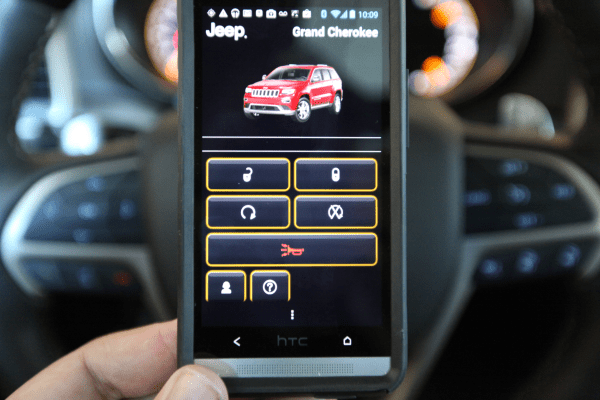
Imagine walking to your car, (digital imprint recognition). It sure makes you feel like in a James Bond movie, right?
Now, here’s how this scene usually goes down: you walk to your car and start digging around your pockets or purse for the keys. After what seemed like an eternity, you are finally good to get out the parking lot.
Which of these two versions do you prefer?
Lane Keep Assist System
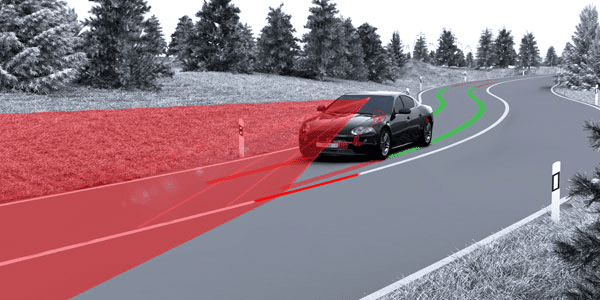
Similar to blind spot monitoring, lane keep assist is a system designed in an effort to make the streets safer and the driving experience more enjoyable. This technology is able to recognize painted lines or reflectors and to automatically keep the car centered when you are about to drift across.
Maybe flying cars won’t become a reality any time soon. But, this doesn’t mean that cars today aren’t equipped with exciting pieces of technologies.
What other futuristic features have you heard of?
Author Bio: Jason Bekiaris, Marketing Manager at Dilawri’s Crown Auto Group.
 Gearfuse Technology, Science, Culture & More
Gearfuse Technology, Science, Culture & More


